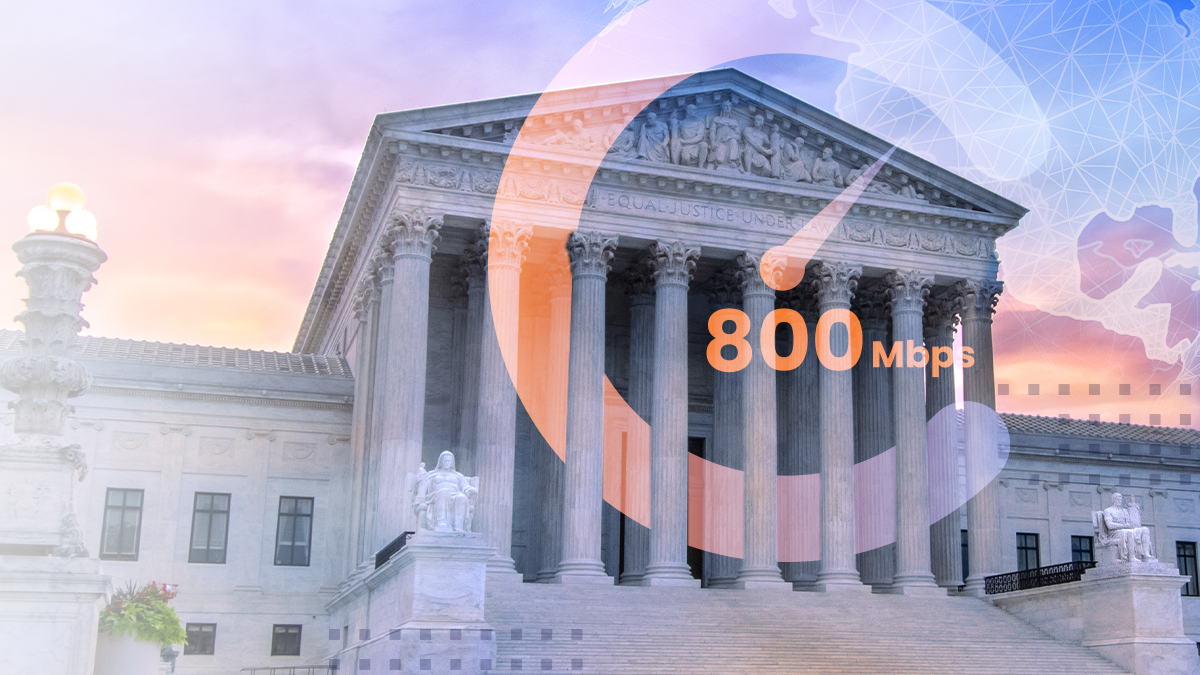Perspectives that catalyze innovation
Calix Blog
The Agentic AI Protocol Revolution: MCP and A2A
Learn about two protocols—Anthropic's Model Context Protocol (MCP) and Google's Agent-to-Agent Protocol (A2A) that are building a new foundation for AI agents.
Oct 30, 2025
|
22 min
How To Unlock Wi-Fi 7 Broadband Service Quality and Insights for Growth
Dec 04, 2025
|
3 min
How Data Insights Helped MGW Increase First-Call Resolution by 117%
Dec 04, 2025
|
3 min
3 Easy Steps To Meet Your BEAD Performance Testing Requirements
Nov 25, 2025
|
4 min
3 Ways to Narrow Your Subscriber Focus
Nov 18, 2025
Filter by
Showing result
1
to
9
of
195
0 Results Found
No Blogs Found



